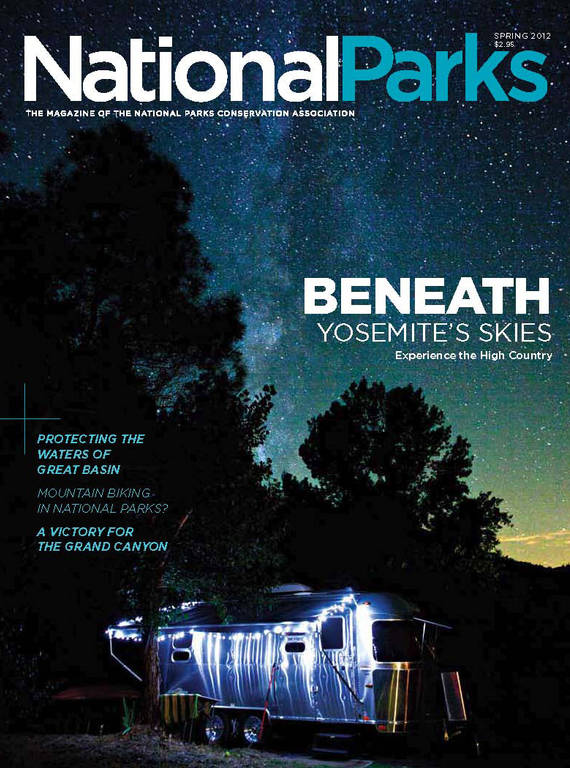Spring 2012
A Raw Deal
Marine wilderness is at stake in the ecological heart of Point Reyes National Seashore.
Forty years ago, there was no question in people’s minds that Drakes Estero, a vibrant estuary known as the “ecological heart” of Point Reyes National Seashore, deserved wilderness protection. It was, after all, one of the last remaining, relatively intact marine sanctuaries on California’s highly developed shoreline. So in 1976, Congress passed the Point Reyes Wilderness Act, preserving ecologically significant areas—including the estero—as wilderness, and protecting the historic ranches and dairy farms. But there was a catch: Four years earlier, an existing oyster company had sold their land to the Park Service but retained limited rights to continue operating in Drakes Estero, so the federal government had to delay full wilderness protection until the company’s lease expired. In 2012, Drakes Estero would finally gain the protection it deserved.
THE POPULAR VOTE
Or so went the plan.
In 2005, owners of the original oyster company sold their operation to the Drakes Bay Oyster Company, which began pushing for an extension of the lease. Four years later, the new owners successfully convinced Congress to pass legislation requiring Interior Secretary Ken Salazar to consider allowing commercial activities to continue in Drakes Estero.
This puts Point Reyes at a crossroads. The estero is a sensitive wildlife refuge where hikers and kayakers can observe harbor seals, tens of thousands of birds, and the diverse marine life that finds shelter in the water’s rich eelgrass beds. The Park Service is required to provide maximum protections to the wildlife, but those protections aren’t possible now because wildlife habitat is being used for company operations. Additionally, oyster company motorboats make more than 3,000 trips through the area every year, creating both visible and audible disruptions.

National Parks
You can read this and other stories about history, nature, culture, art, conservation, travel, science and more in National Parks magazine. Your tax-deductible membership donation of $25 or more entitles…
See more ›“For more than 30 years, the public has waited for nature—not business plans and motorized uses—to be the estero’s heartbeat,” says Neal Desai, associate director in NPCA’s Pacific regional office. “Oysters can be grown commercially elsewhere, but Drakes Estero is our only shot at a protected marine wilderness on the West Coast.”
Sylvia Earle, former chief scientist for the National Oceanic and Atmospheric Administration and a National Geographic Explorer in Residence, has been advocating for wilderness at Drakes Estero for years. “It’s not that I’m opposed to free enterprise, but this oyster company is taking ‘free’ to an unusual extreme,” she says. “The ocean is precious to all of us, and a small vested interest should not be allowed to disproportionately benefit from something that has such enormous, enduring benefits for all people. We should stick to the plan to restore Drakes Estero, as close as possible, to its full range of natural benefits.
“It isn’t just about a beautiful landscape, or even about protecting habitat for marine mammals, birds, and creatures that live under the sea,” Earle says. “With Drakes Estero, we have an opportunity to maintain the integrity of a system that can serve as an anchor to the changes that are sweeping the rest of the world. We can lose it or we can save it. It’s our choice.”
About the author
-
 Amy Leinbach Marquis
Amy Leinbach MarquisAmy Leinbach Marquis is former associate editor at National Parks magazine.



